Apricots
Aug 22, 2011, Updated Feb 23, 2012
This post may contain affiliate links. Please read our disclosure policy.
When it comes to dessert, the Lebanese favor fresh fruit, served simply, above any other sweet. This time of year, when the bounty is so perfect, I can actually accept that tradition (the rest of the time I pretend I’m French, since their affection for pastry is more in line with my own).
The fruit I most associate with my Lebanese heritage is the apricot—but it’s a fruit that shows off its flavor intensity best when cooked into a preserve or dried. The crystal lidded candy dish on the coffee table in our family home was filled not with candy (surprisingly, because my mother’s sweet tooth exceeds all others) but with dried apricots. The pale, boxed dried apricots in the grocery store can’t compare to the tangy, deeply orange dried apricots that we have sent to us at intervals throughout the year from California.
Even though I always kept a stable of candy in a drawer in my room growing up, I considered the apricot fruit leather we often had from Lebanon to be just as compelling. Long before the thin little fruit roll ups became ubiquitous for kids, we were eating thick slabs of chewy Lebanese fruit leather called amardeen. It’s sugary enough to be a true sweet, but tangy enough to give it that sweet-tart taste you know you crave.
I’ve often thought about what my response would be if Bon Appetit asked me, as they used to for their monthly back page interview, what three items are always in my refrigerator. One thing is for sure: apricot jam. And I’m certain that this would be the answer for each one in our family. Apricot is the very favorite preserve, always the first choice next to any other and always on the table for breakfast.
Go get your shamelessly beautiful apricots now before the season is finished, so you can make this week’s truly delectable–and remarkably simple–recipe for apricot preserves. Get lots of them, at least a couple of pounds. And don’t worry if they aren’t ripe, or sweet. They’re going to be transformed into a pot of seductive, intensely delicious preserves before you know it.
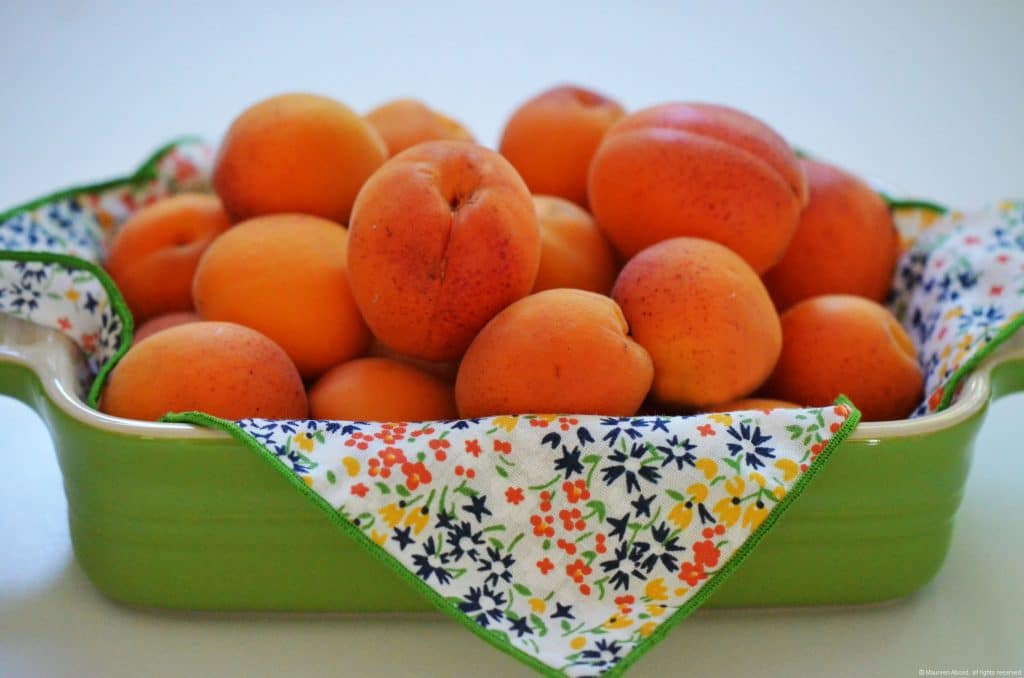
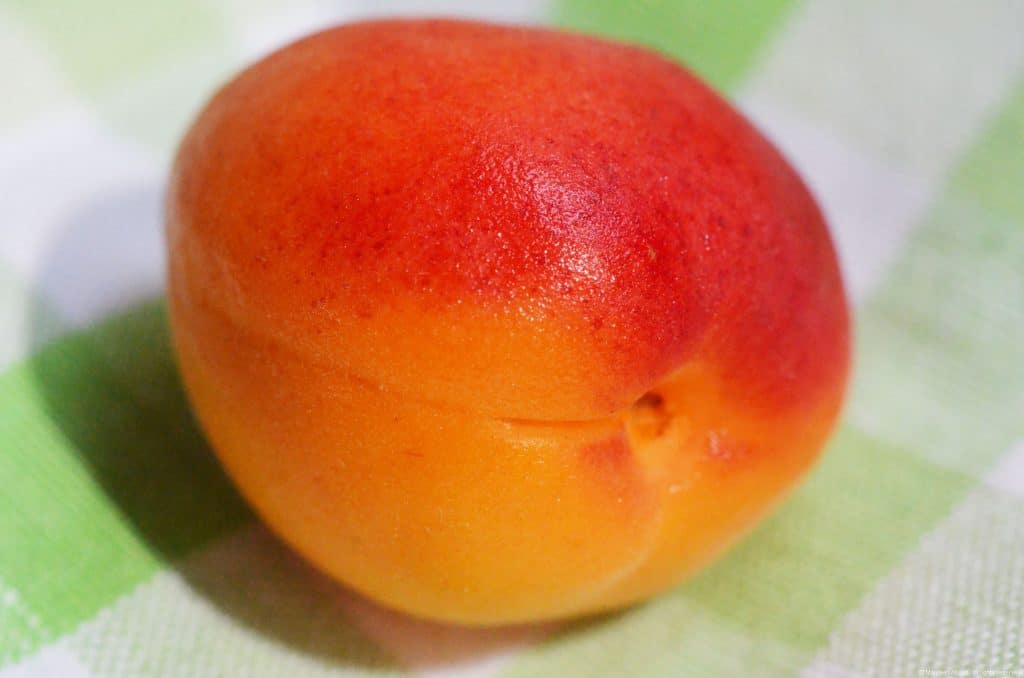
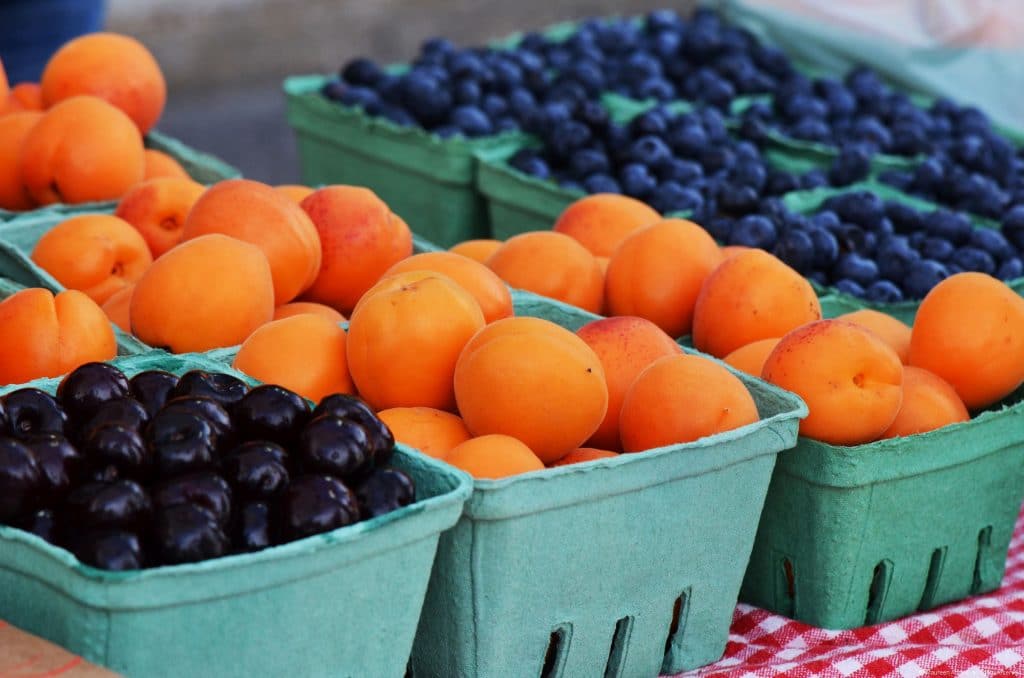
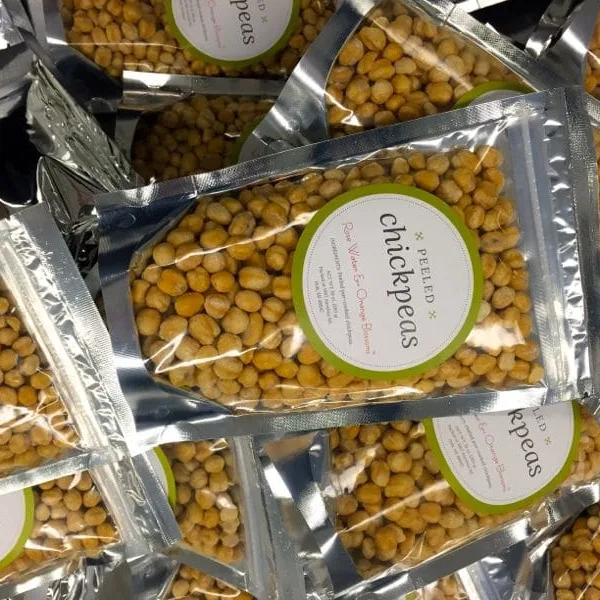

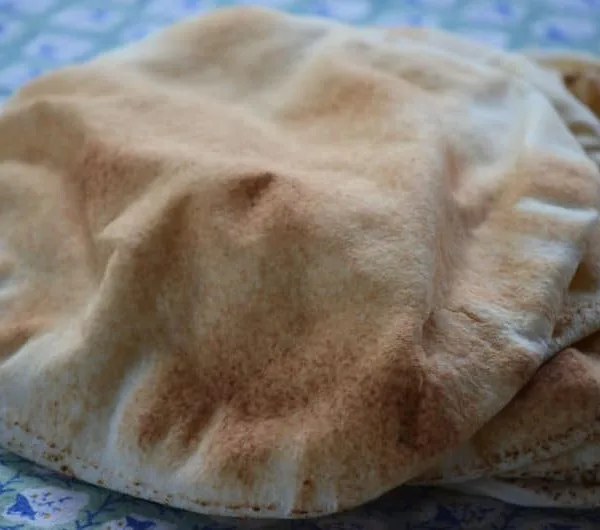
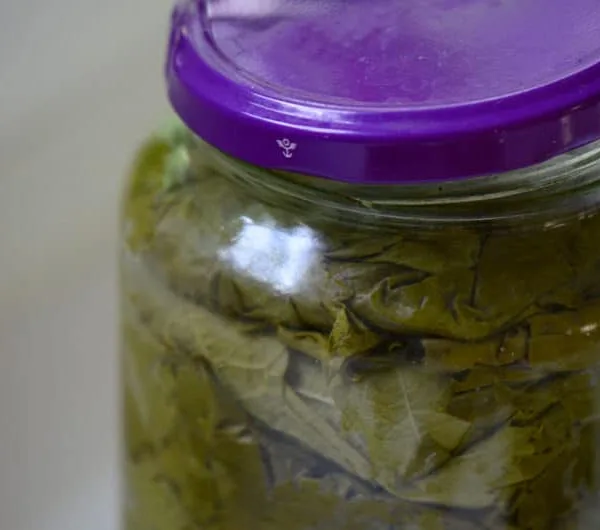







Hi Maureen! I’m thoroughly enjoying your recipes and stories! Your father helped my parents through a very difficult time, and it’s so evident that his character and goodness was passed down to you and your brother Chris.
Ok, I do have a legitimate question. Although I was raised with home cooking, a garden full of veggies and fruit was always available; I’ve never had apricots. I’m going to Horrock’s today and am going to try one. I’m in the Traverse City/Lake Leelanau area a lot and have noticed apricots at every fresh produce stand. How do they compare to California’s? And do you have instructions/recipes for making dried apricots and fruit strips?
Loved the eggplant last week, and I’m looking forward to the preserves this week!
Thanks! ~Tammy Tabor
Hi Tammy–what a great message. Thank you so much for reading and sharing such nice memories of my dad. You can dry apricots in the oven but it’s really ideal to use a dehydrator for this, since you have to be so careful about temperatures and bacteria. In commercial dried apricots, sulfur dioxide is also typically used. Michigan apricots are so wonderful, but we don’t see much in the way of dried apricots coming out of Michigan. I had exceptional dried apricots from the farm market in San Francisco, and have ordered lots of them from Hadley’s in California. But now Trader Joe’s carries some great ones too. Thanks for your questions, and keep in touch Tammy!